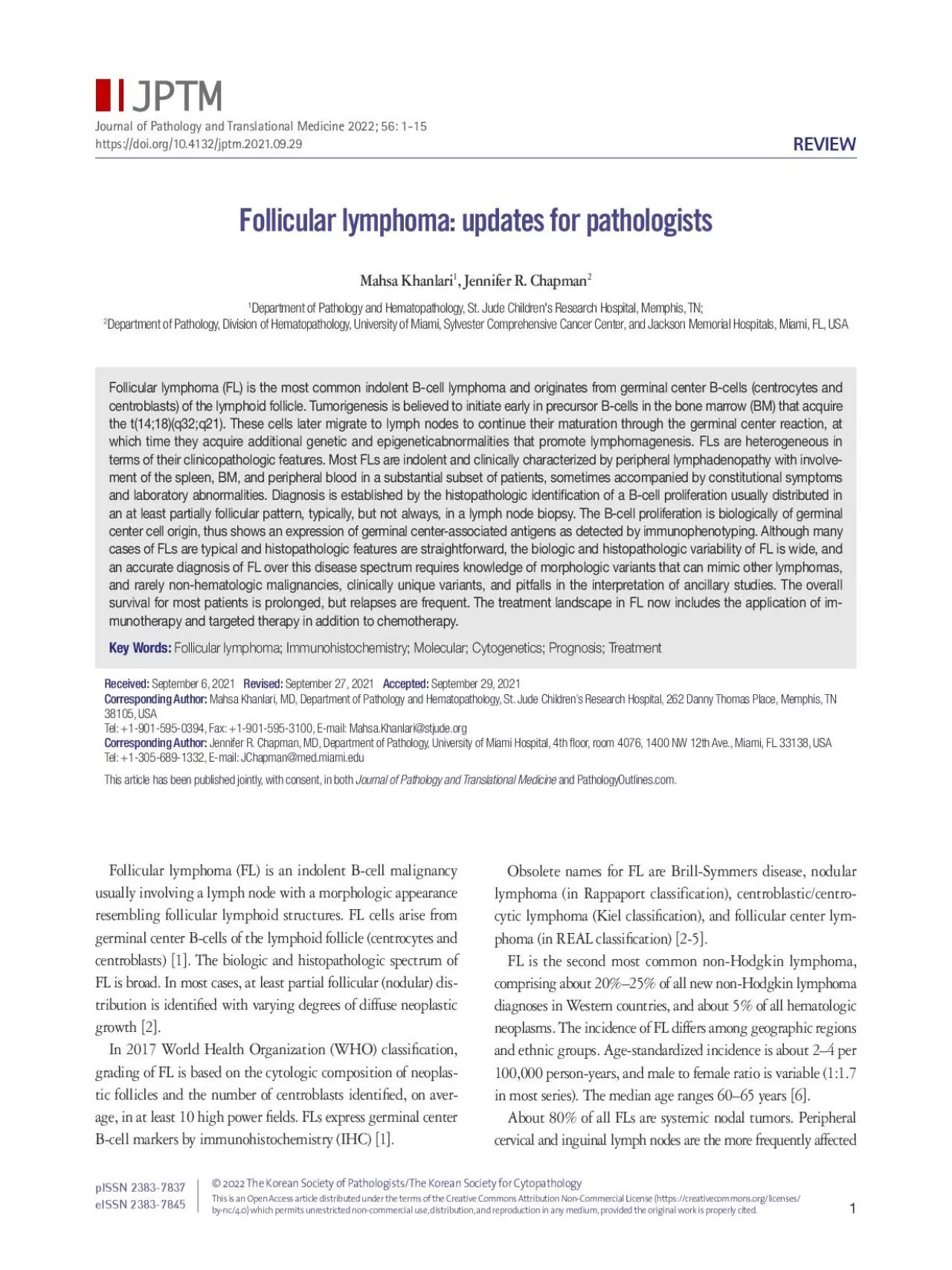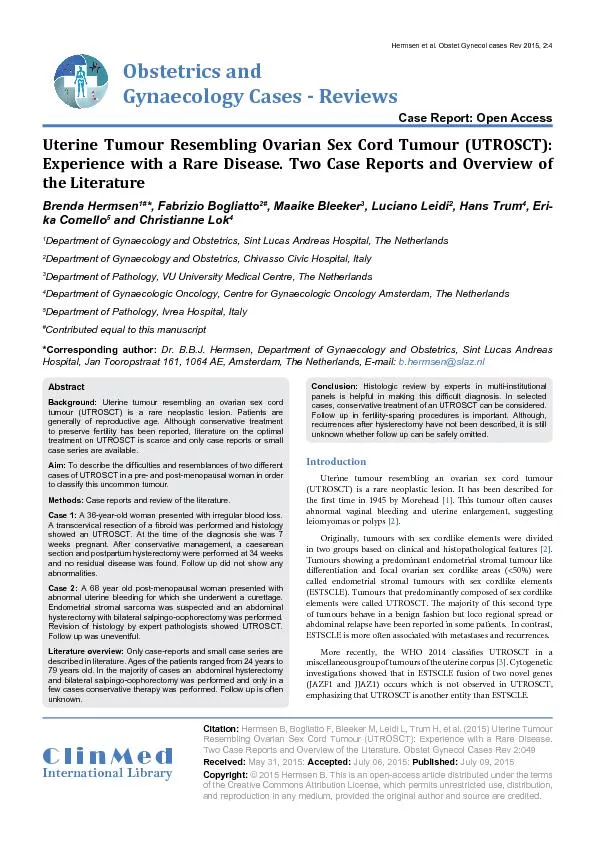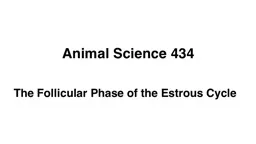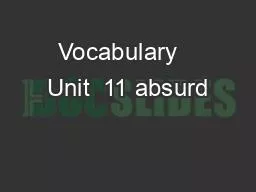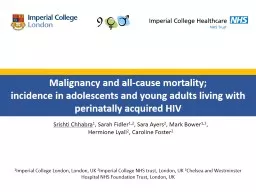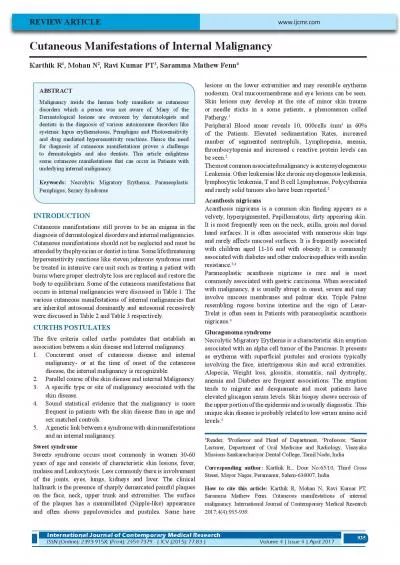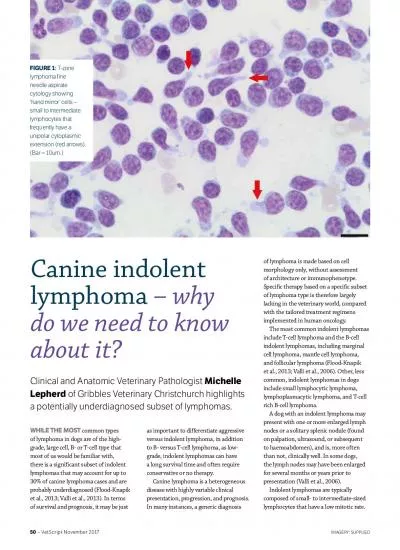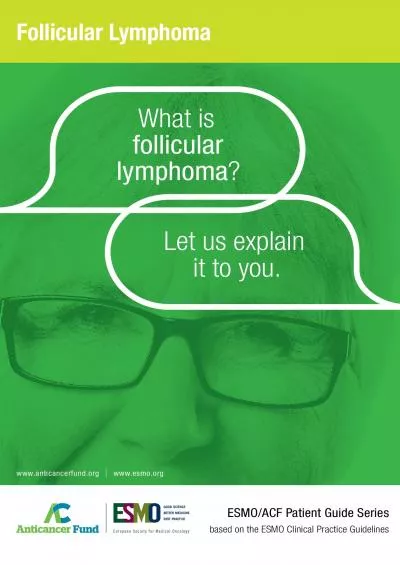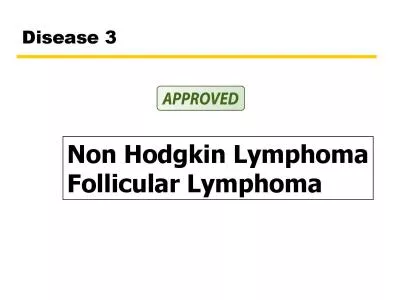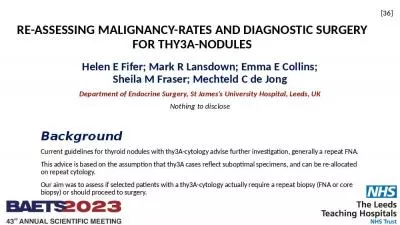PDF-Follicular lymphoma FL is an indolent Bcell malignancy resembling f
Author : pagi | Published Date : 2022-10-28
1 Department of Pathology and Hematopathology St Jude Childrens Research Hospital Memphis TNDepartment of Pathology Division of Hematopathology University of Miami
Presentation Embed Code
Download Presentation
Download Presentation The PPT/PDF document "Follicular lymphoma FL is an indolent Bc..." is the property of its rightful owner. Permission is granted to download and print the materials on this website for personal, non-commercial use only, and to display it on your personal computer provided you do not modify the materials and that you retain all copyright notices contained in the materials. By downloading content from our website, you accept the terms of this agreement.
Follicular lymphoma FL is an indolent Bcell malignancy resembling f: Transcript
Download Rules Of Document
"Follicular lymphoma FL is an indolent Bcell malignancy resembling f"The content belongs to its owner. You may download and print it for personal use, without modification, and keep all copyright notices. By downloading, you agree to these terms.
Related Documents

